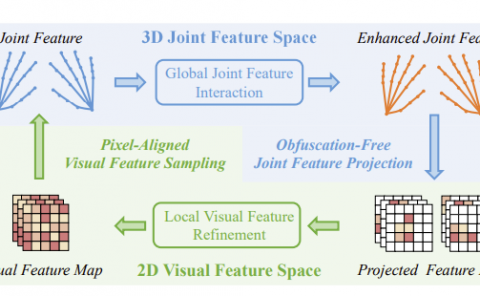Cross-Resolution Flow Propagation for Foveated Video Super-Resolution
PubDate: Dec 2022
Teams: National Yang Ming Chiao Tung University
Writers: Eugene Lee, Lien-Feng Hsu, Evan Chen, Chen-Yi Lee
PDF: Cross-Resolution Flow Propagation for Foveated Video Super-Resolution

Abstract
The demand of high-resolution video contents has grown over the years. However, the delivery of high-resolution video is constrained by either computational resources required for rendering or network bandwidth for remote transmission. To remedy this limitation, we leverage the eye trackers found alongside existing augmented and virtual reality headsets. We propose the application of video super-resolution (VSR) technique to fuse low-resolution context with regional high-resolution context for resource-constrained consumption of high-resolution content without perceivable drop in quality. Eye trackers provide us the gaze direction of a user, aiding us in the extraction of the regional high-resolution context. As only pixels that falls within the gaze region can be resolved by the human eye, a large amount of the delivered content is redundant as we can’t perceive the difference in quality of the region beyond the observed region. To generate a visually pleasing frame from the fusion of high-resolution region and low-resolution region, we study the capability of a deep neural network of transferring the context of the observed region to other regions (low-resolution) of the current and future frames. We label this task a Foveated Video Super-Resolution (FVSR), as we need to super-resolve the low-resolution regions of current and future frames through the fusion of pixels from the gaze region. We propose Cross-Resolution Flow Propagation (CRFP) for FVSR. We train and evaluate CRFP on REDS dataset on the task of 8x FVSR, i.e. a combination of 8x VSR and the fusion of foveated region. Departing from the conventional evaluation of per frame quality using SSIM or PSNR, we propose the evaluation of past foveated region, measuring the capability of a model to leverage the noise present in eye trackers during FVSR. Code is made available at this https URL.


